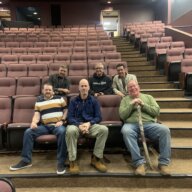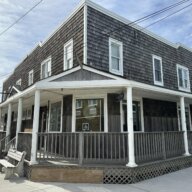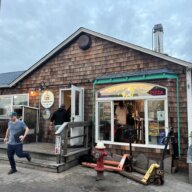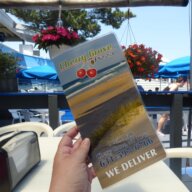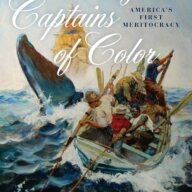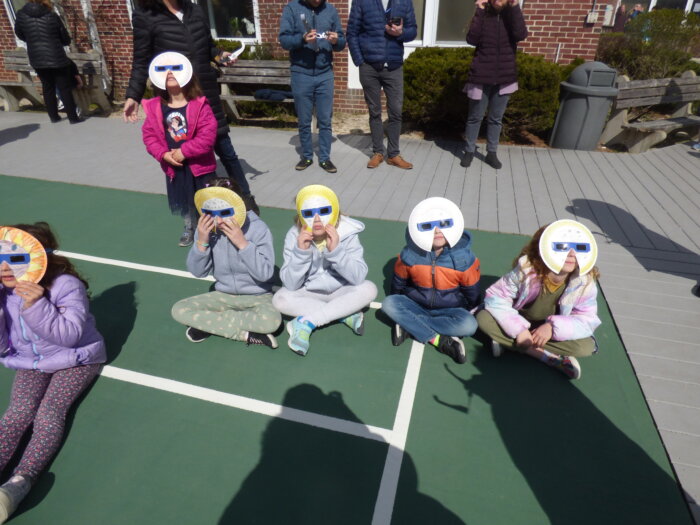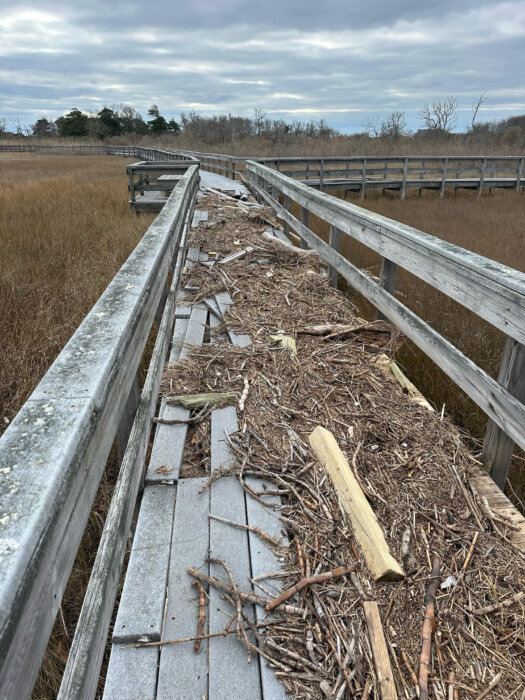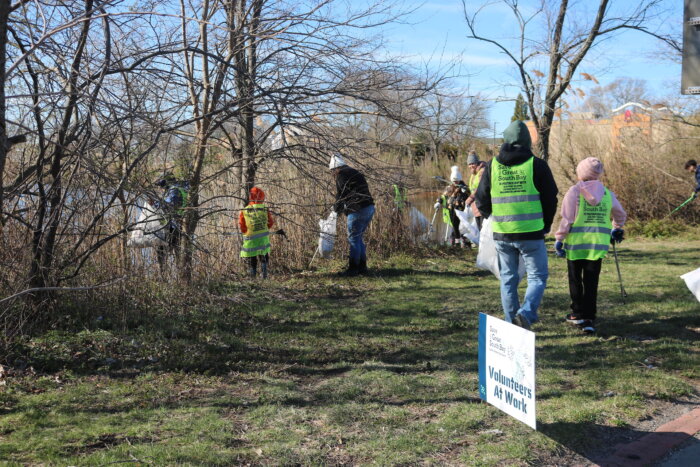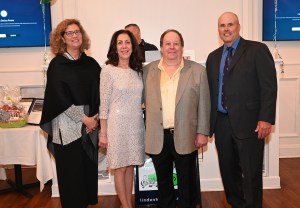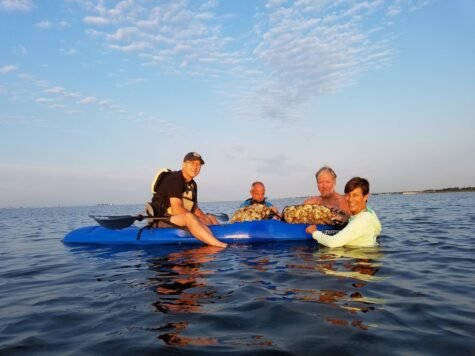
Clams and oysters were once shellfish mainstays in the Great South Bay, but then colony collapse came along. Now there are initiatives underway to try and bring them back to local waters once again.“Oysters eat murky water for lunch,” notes the website of the Save The Great South Bay Oyster Project. “If we bring them back in volume, they’ll clean the bay better and faster than any human can. Did you know that one oyster can filter up to 50 gallons of water a day? What could that mean for The Great South Bay? It’s been calculated that 5,000 acres of oyster farms in the bay would be enough to deal with 147% of the nitrogen problem. A clean bay AND 5,000 acres of oysters, with each acre producing $100,000+ in revenue. A revitalized bay AND a revitalized shellfishing industry. And the resurrection of a way of life that has seemingly vanished.”The Great South Bay Oyster Project “works closely with oyster growers on the South Shore. We seek to implement new techniques for the reintroduction of oysters such as we see being undertaken in the Chesapeake, or through New York City’s Billion Oyster Project, or closer to home, with Friends of Bellport Bay. Given the value of oysters today, there is also a lot of innovation around how best to grow them.”Between 1964 and 1974 my family lived in Sayville. In the 1960s, the Great South Bay off Sayville was clear and clams were abundant. A clam rake wasn’t required to harvest clams. All we needed to do was jump off our boat, dig our feet into the sand, wiggle toes, and lots of clams were forthcoming.Clams from Great South Bay weren’t just a local resource. The Great South Bay in the 1960s was still the source of more than half the clams eaten in the United States.Then things changed radically and quickly.Carl LoBue, senior marine scientist at The Nature Conservancy of Long Island, and Marci Bortman, its director of conservation programs, have related in an article in The Solutions Journal how “overfishing led to the collapse of what was once the most important hard clam fishery in the United States.”“However, a creative land deal by The Nature Conservancy and dedicated project partners has turned the corner on this … decline of hard clams in Great South Bay,” they say. “Today, through concerted efforts, creative partnerships, and unique opportunities, hard clams have an opportunity to recover to the level of a self-sustaining population in Great South Bay.”LoBue and Portman speak of how the “shallow, protected estuarine waters and sandy sediments of the 24,300-hectare Great South Bay are ideal shellfish habitat” and how shellfish “have historically been important in the culture and economy of Great South Bay communities…. Oysters and clams provided a reliable protein source for Native Americans, who traded jewelry called wampum that they made from clamshells. From the late 1700s onward, the Great South Bay oysters, known as Blue Points, were highly valued in the markets of Europe and nearby New York City.” Indeed, they note, “The streets of Sayville, a community at the heart of the bay, were paved with shells.”“The bay’s oysters supported 25 oyster-packing houses in the late 1800s” but “by the 1950s, oyster fishing had collapsed. The combination of overfishing, habitat destruction, water quality impairments, changes to barrier island inlets, and the unintentional introduction of oyster diseases left the shellfish functionally extinct.”In 2002, The Nature Conservancy “acquired Bluepoint Company’s title to approximately 5,420 contiguous hectares of submerged lands in Great South Bay, forever ending the era of large-scale mechanical shellfish harvesting in the central section of the bay,” they continue. An early task was “to assess the condition of the newly acquired property… Baseline shellfish surveys in 2004 confirmed the worst: the area was largely devoid of shellfish, a grim testament to the efficiency of mechanical shellfish harvesting. Low densities of clams elsewhere in the bay made the chance of repopulation unlikely.”The Nature Conservancy, working with an advisory council, between 2004 and 2010 “relocated” some four million adult clams from Connecticut and Long Island to the Great South Bay. There have been ups and downs since, but, still, there’s been a “steady improvement” in spawning.“For over a century,” LoBue and Portman say, “each generation along the shores of Great South Bay has inherited less and less of the immense natural resources that the estuary once provided. As recently as 2004, many believed that the bay’s shellfish were lost forever, another casualty of progress and development. Early results from this Nature Conservancy project indicate that, although it will be difficult … the return of the Great South Bay hard clam is in fact within reach.”












